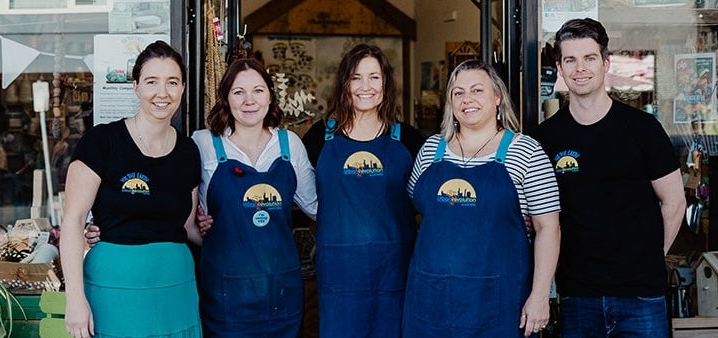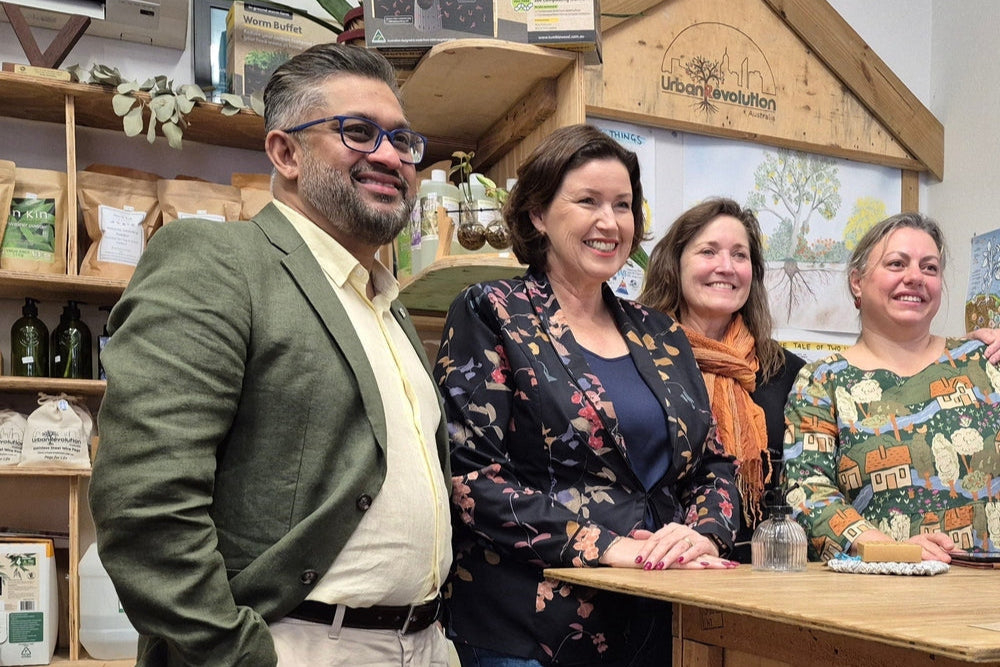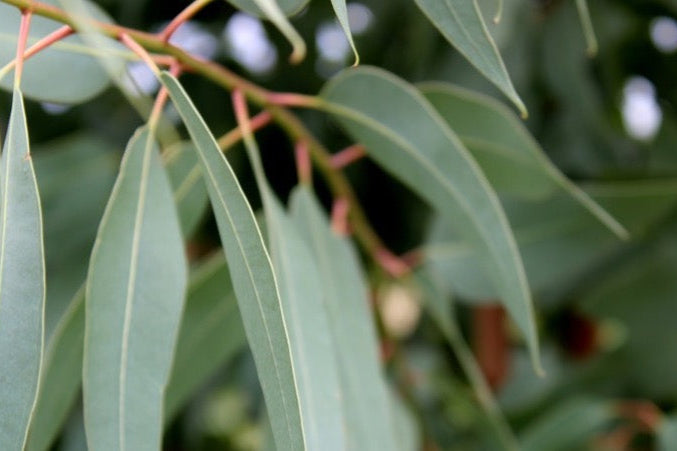Prized for their gorgeous golden flesh and delicious nutty flavour, pumpkins are delicious roasted, made into soup or thrown into salads. Pumpkins are easily stored in a cool dark place for months after harvest, so it’s well-worth growing your own and using throughout the year.

What are the health benefits of eating pumpkin?
Pumpkins are part of the Cucurbitaceae or squash family. Most varieties are characterised by their vivid orange colour. When cooked, the whole pumpkin is edible – the skin, pulp and seeds.

Pumpkins are packed with skin-friendly nutrients, including vitamins C and E, as well as beta-carotene, all of which play an important role in the health of our skin. Vitamin E is an excellent antioxidant and works with vitamin C to help prevent sun damage and dryness.
Beta-carotene, as well as vitamins C and E also help to protect our eyes and reduce the risk of age related eye diseases. Pumpkin is also an excellent source of lutein and zeaxanthin, two carotenoids which have been linked to a reduced risk of cataracts. The antioxidant properties of carotenoids, and vitamins A and E, may protect against certain cancers including breast cancer.
How to Grow Perfect Pumpkins in Perth
Choose an area of garden that is well drained, sunny and protected from the wind. Pumpkin seeds need to be sown into warm soil to germinate - December or January is the ideal time to get started for an autumn harvest in Perth. Sow seedsdirect or in a seedling flat, planting out once established. Pumpkin plants do need plenty of space to ramble, but there are smaller growing varieties, such as Small Sugar, which will perform well in a limited space. In small gardens you can train the vines up the side of a shed then use a ladder to harvest them from the roof. Or choose bush varieties like Golden Nugget that can be grown in large containers.

Sow seeds in saucer-shaped troughs on mounded soil. Space the mounds one to two metres apart and cover with mulch. The mounds keep roots cool and improve drainage while the troughs direct water to the roots. Pumpkins also grow well when planted as part of a Three Sisters Garden with corn and beans.
Water plants regularly to stop the fruit splitting, and to protect their shallow roots in dry or windy weather. Harvest fruit from 14 to 20 weeks, depending on the variety. A pumpkin is mature when the skin of the pumpkin hardens off and begins to look a bit rough. Leaving as much stem as possible attached to the fruit will help the pumpkins last longer.
Look out for powdery mildew, a disease common to vines, that spreads a white film on leaves. Treat with a milk wash.Damp soil can cause pumpkins to rot so put young fruit on boards raised off the ground to protect them.
References
With thanks toJacqueline from Seed Station.
Schagen et al (2012) Discovering the link between nutrition and skin ageing. Dermatoendocrinol Jul 1; 4(3): 298–307.
Hammond and Johnson (2002)The age-related eye disease study (AREDS). Nutr Review Sep; 60(9):283-8.






Linda
August 18, 2024
My pumpkin vines are growing fantastic. I’m getting plenty of male flowers, plenty of females but the females with small pumpkins on are not opening and then babies go yellow and fall off. I know I probably need to hand pollinate, but there not opening so I can’t. There getting blood and bone and potash. Is there anything you can suggest